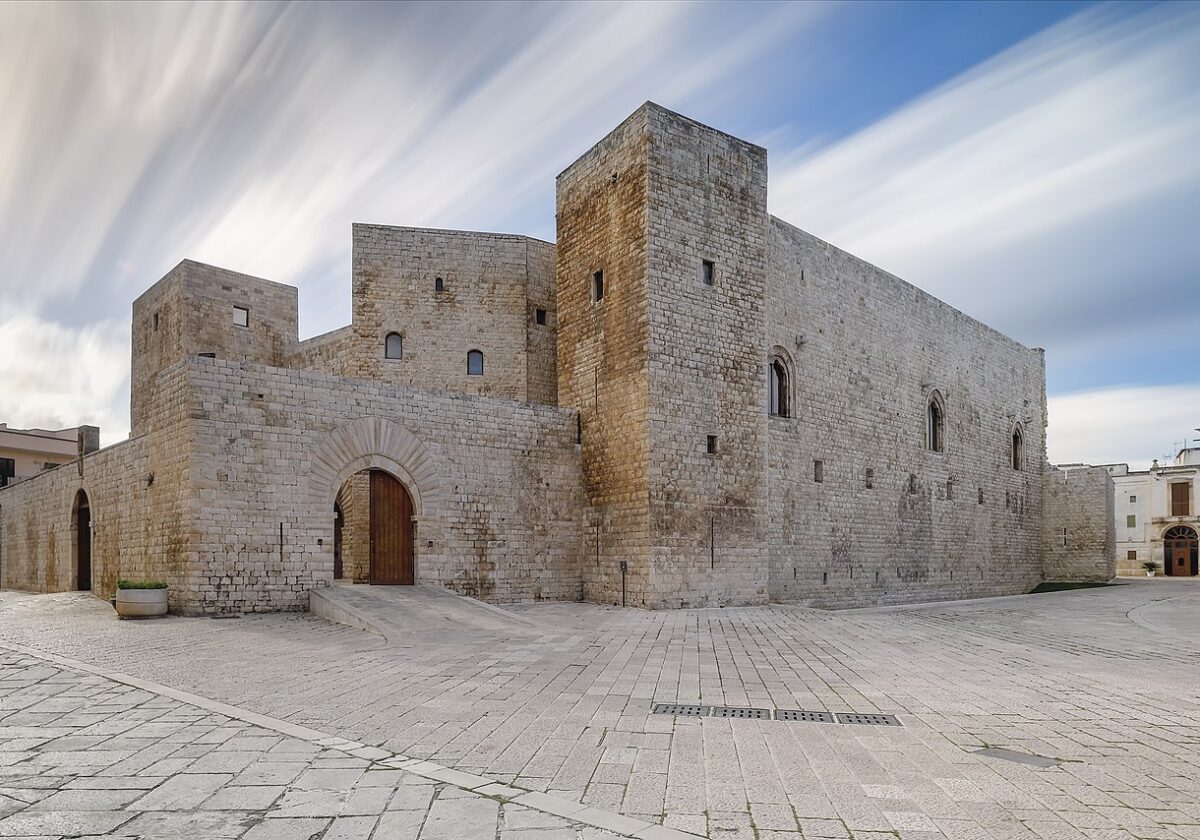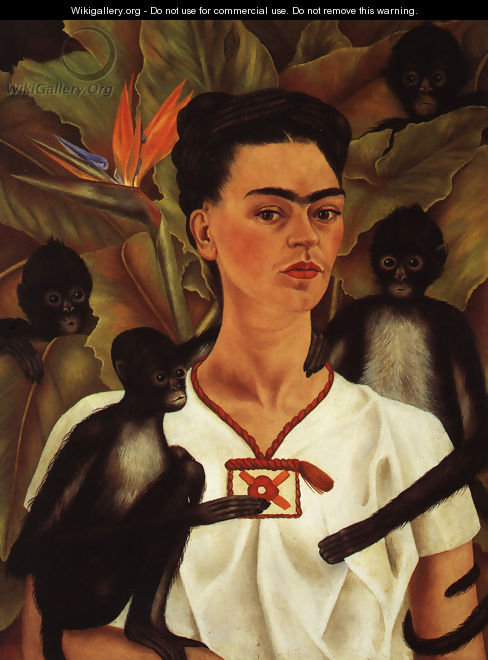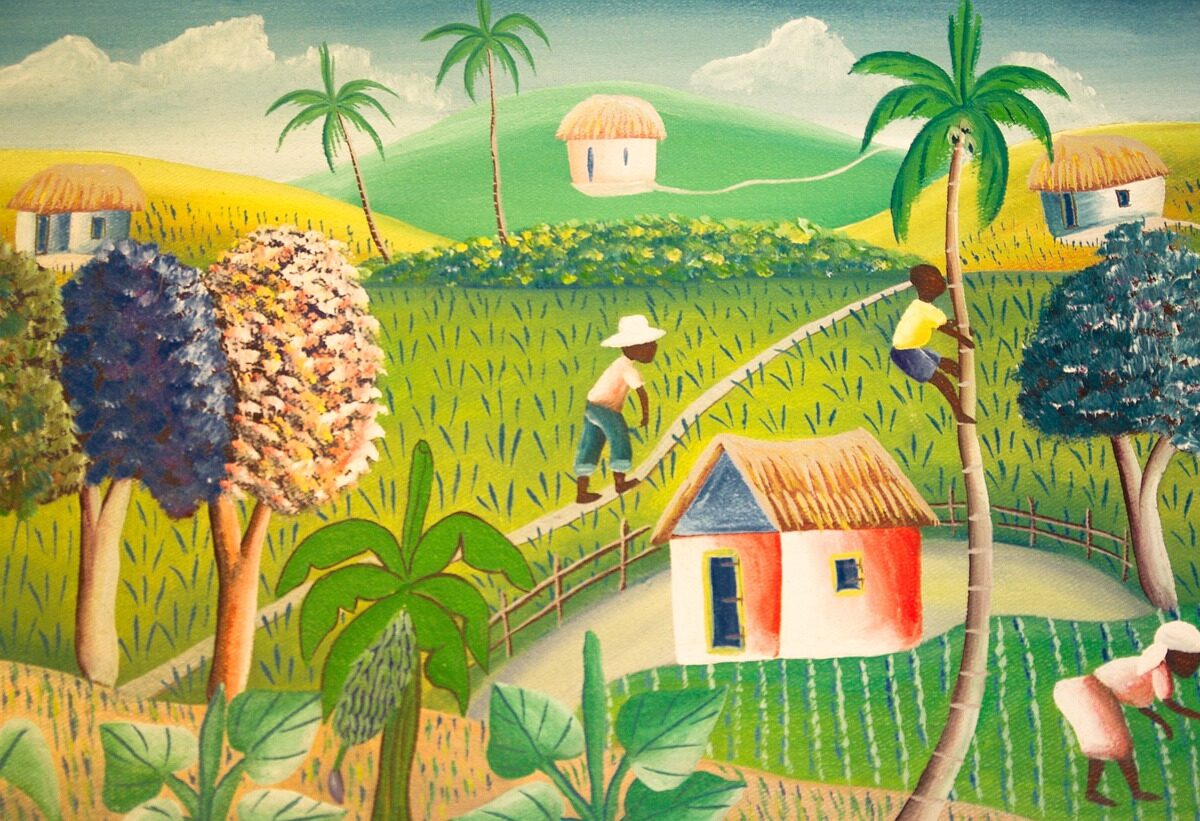Being Latino in the Americas can mean very different things – depending upon where your ancestors called home, a new study led by a Cornell researcher shows.
The new study shows that populations geographically close to former slave trade routes and ports have more African ancestry than more inland Latin Americans, who show more Native American heritage.
The terms Hispanic and Latino “encompasses a huge amount of genetic diversity,” says Katarzyna Bryc, a graduate student in biological statistics and computational biology and co-lead author of the study with New York University medical student Christopher Velez. “The study reveals unique patterns of ancestry across these populations.”
“These Latino populations tell us about the complexity of migration events involved in the histories of Hispanics/Latinos,” Bryc says.
The study includes genetic samples from 112 people from Mexico plus 100 individuals from Ecuador, Colombia, the Dominican Republic and Puerto Rico. The analysis shows that individuals from the Dominican Republic, Puerto Rico and Colombia have more African ancestry, reflecting migrations along the historical slave-trade routes. In contrast, Mexicans and Ecuadorians have more Native American ancestry.
Researchers also found that the Native American segments of genomes of North American Latinos – those from Mexico, Puerto Rico and Dominican Republic – are genetically more similar to those of the Nahua people indigenous of Mexico and Central America, while the Native American segments of genomes of South American populations – those from Colombia and Ecuador – were most similar to those of the Quechua people.
The findings also have implications for medicine, where knowledge of ancestries may reveal tendencies toward chronic inherited diseases. For example, previous studies have shown that Latinos with greater European ancestry have a higher risk of breast cancer.
The genetics study by researchers from Cornell, the New York University School of Medicine, the University of Arizona and Stanford University, appears online in the May 5 edition of the peer-reviewed Proceedings of the National Academy of Sciences and can be found online at www.pnas.org.
Via www.newswise.com






Though born in Puerto Rico, I grew up in a Midwest city with a Latino populaton about equally divided between Mexicans and Puerto Ricans. My brother married a Mexican. The genetic predispositions detailed in the Cornell study concur with my observations. Of course, now my nephews have blurred that line. Interestingly, they sometimes refer to themselves as Mexican; sometimes, Puerto Rican.